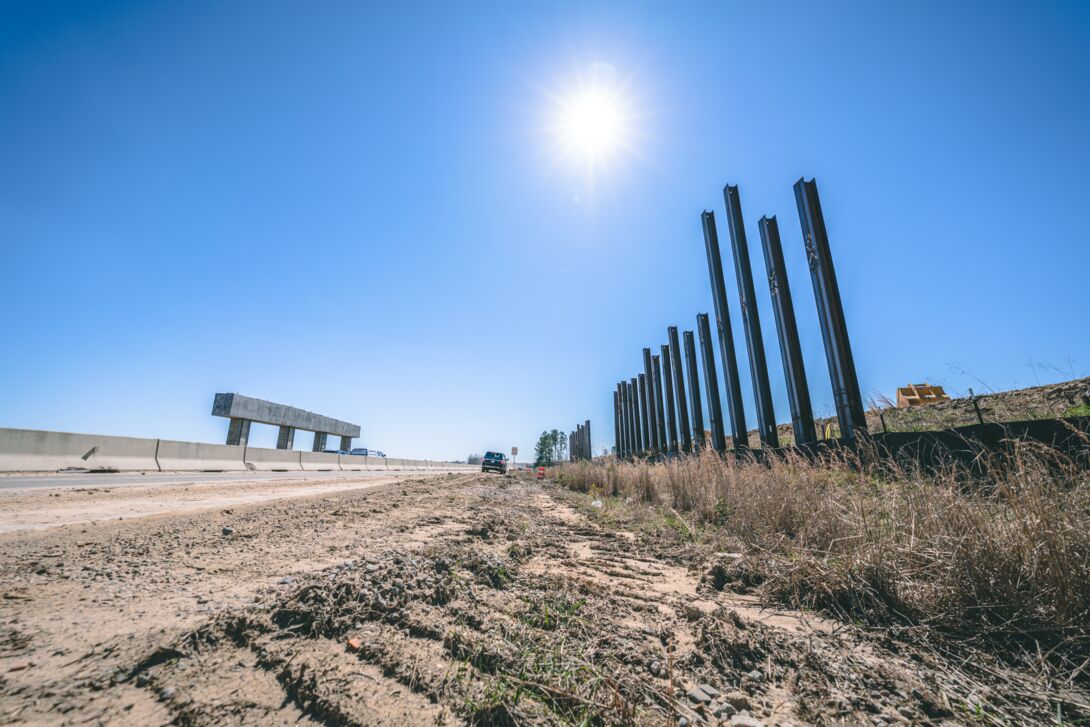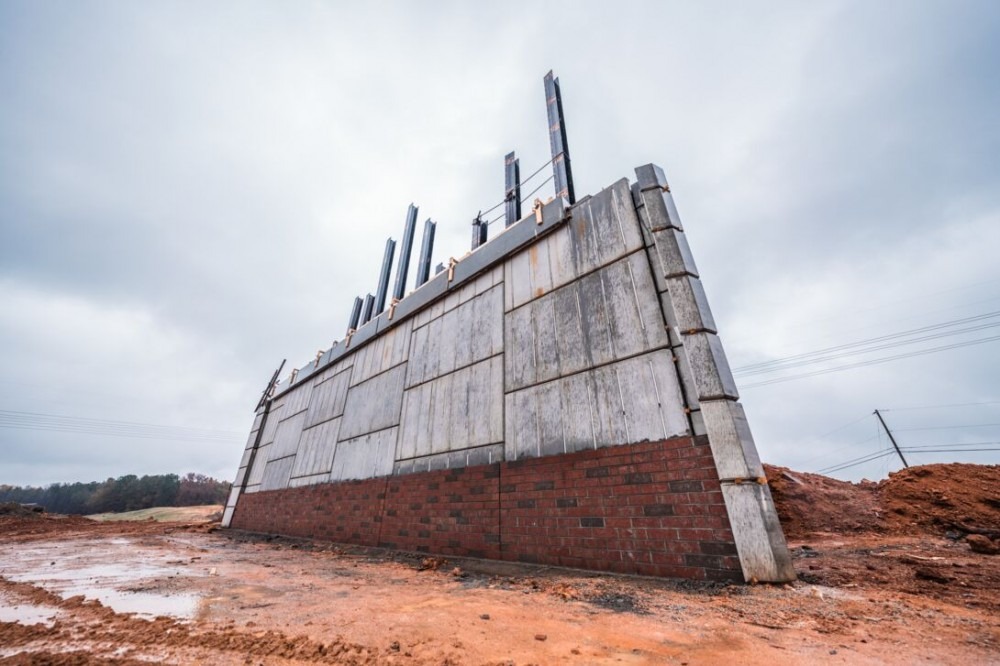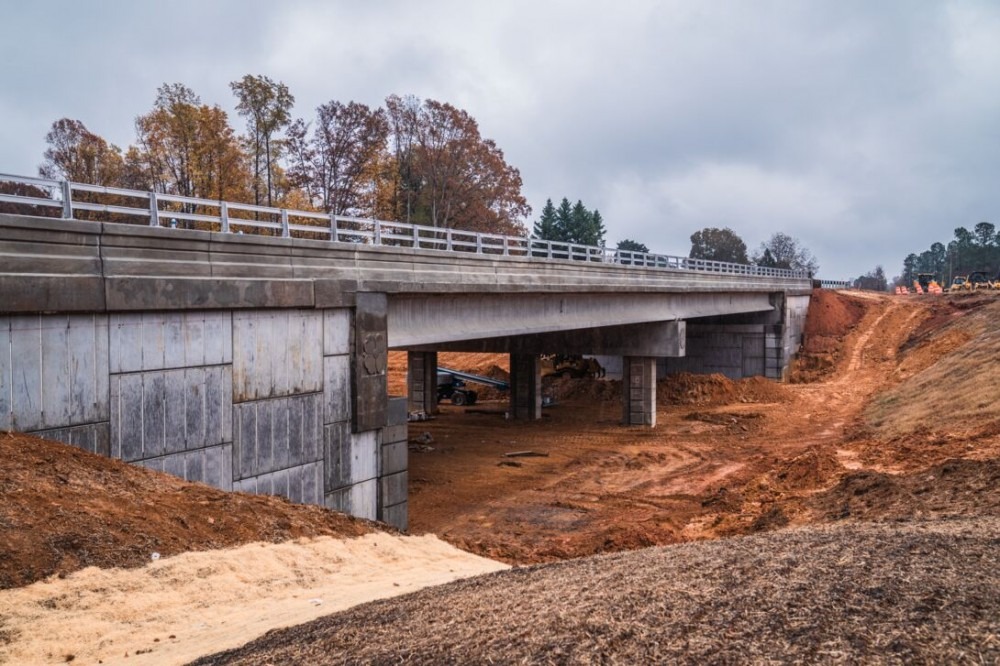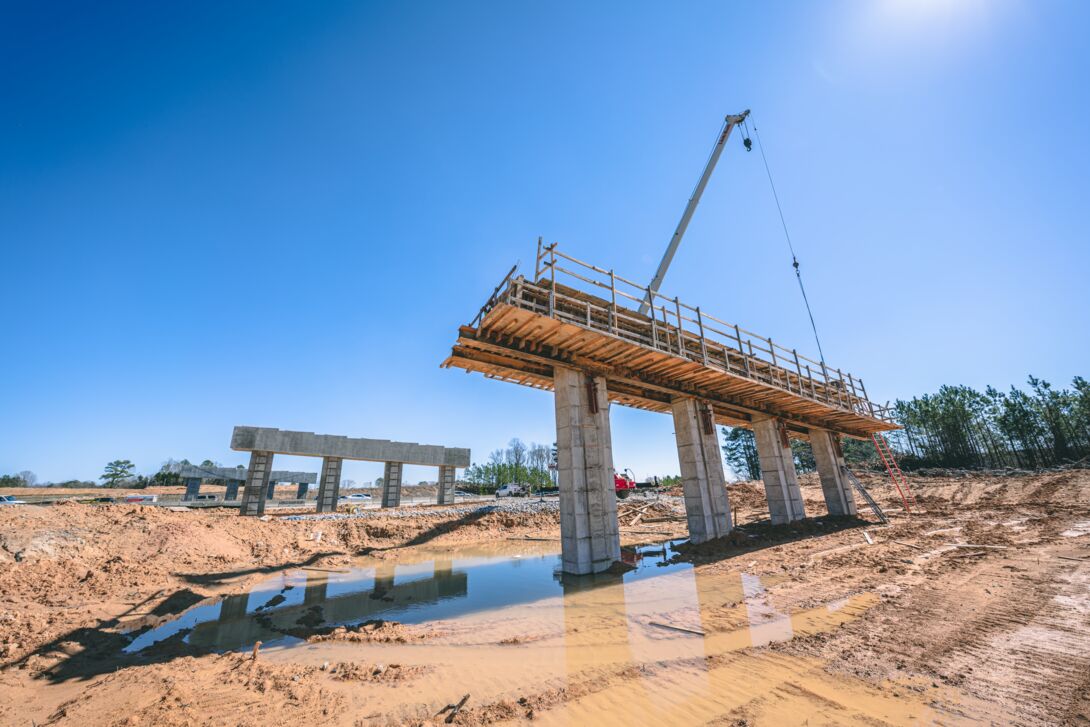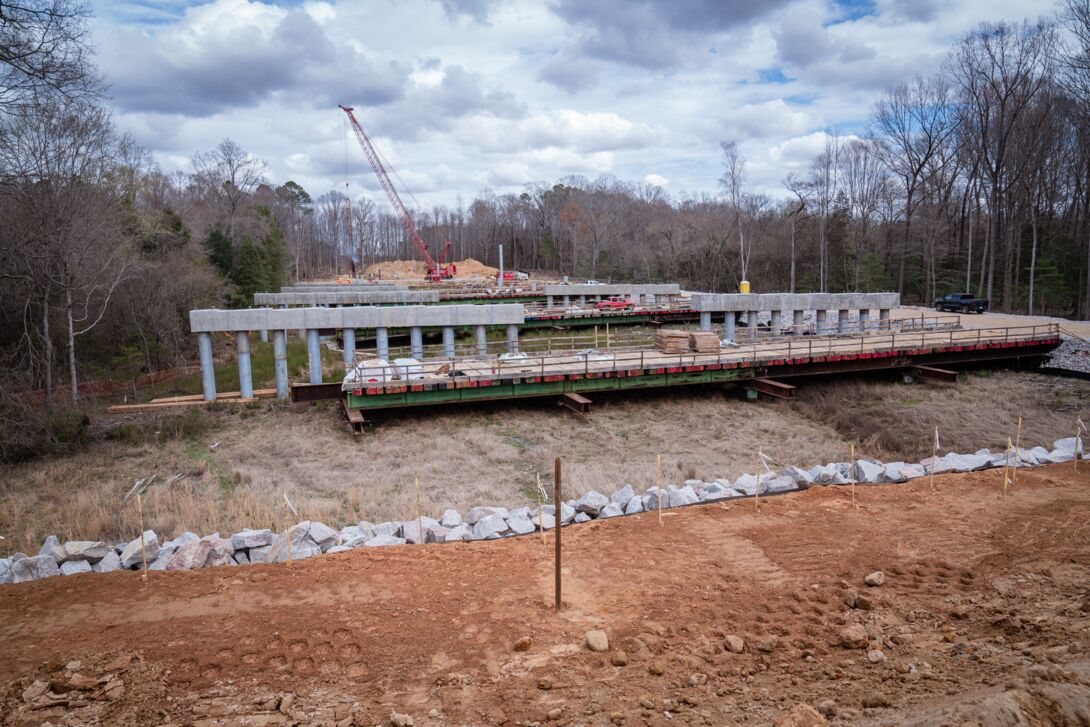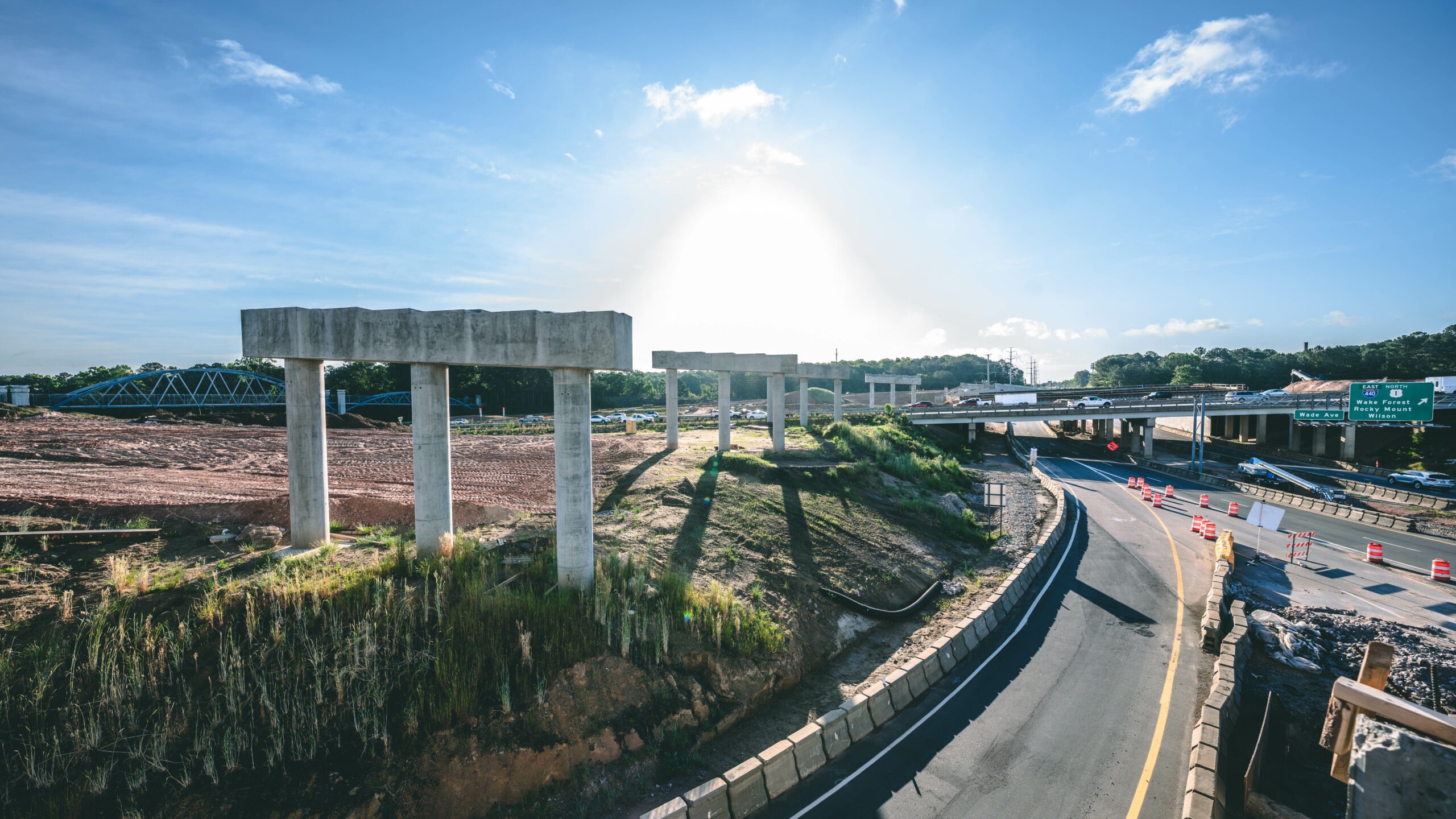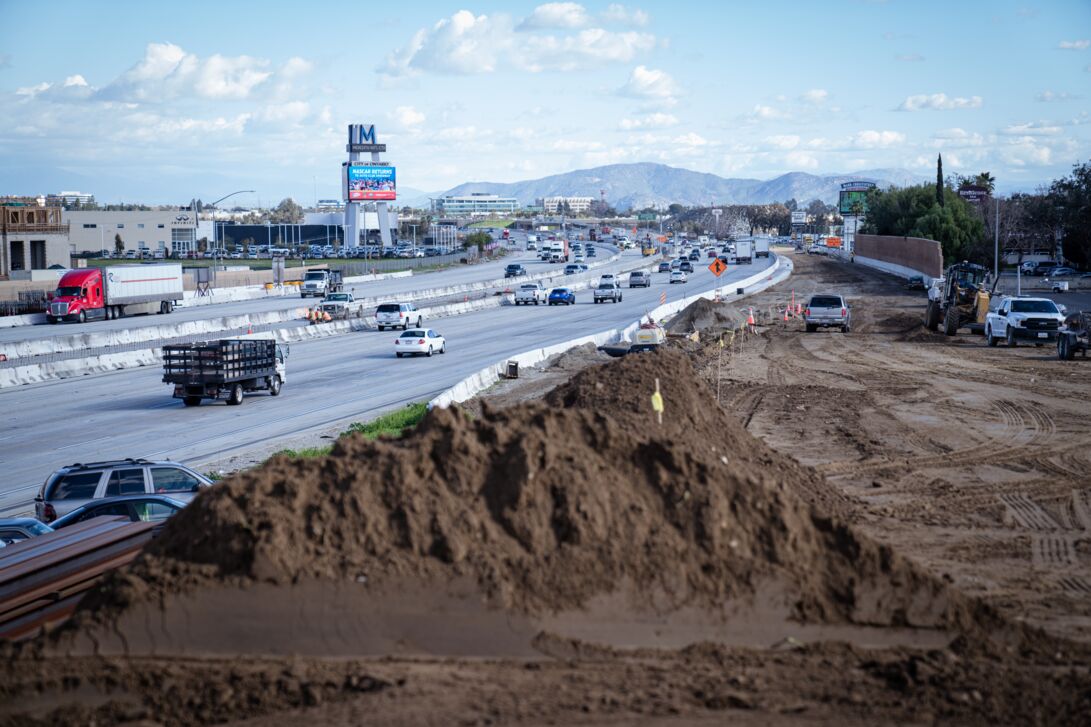Formed in 1771, Wake County was a settlement of modest farms. In the 1800s railroads began to transform the area, giving way to a construction boom in the early 1900s driven by cotton and tobacco distribution.
By World War II, Wake County was becoming increasingly urban, having become commercial and industrial, with manufacturing, agriculture, furniture, and textiles providing much of the economic and population growth.
Initial ideas for the Research Triangle Park (RTP) came about in the 1950s, and in 1959 the Research Triangle Foundation was formed along with Duke University, NC State University, and the University of North Carolina at Chapel Hill recruiting innovators. Large firms quickly moved in, including IBM and Burroughs-Wellcome.
The Triangle Expressway was first proposed in 1958, to be a part of RTP. With the increasing growth over the following decades, the North Carolina Turnpike Authority (NCTA) was created by the General Assembly in 2002. The NCTA delivers projects on behalf of communities; the
Triangle Expressway was the first project NCTA delivered and opened to traffic in 2011. From the expressway’s opening, motorists have been afforded improved and more reliable travel times in the RTP region and the outlying suburbs of Raleigh.
By 2010, the population of Wake County was over 900,000 people, more than doubling in just 20 years, but only about half of the proposed “540 Outer Loop” had been constructed. Wake County’s continued population growth drove state and local leaders to “Complete 540” and ensure the Outer Loop transitioned from a vision to a reality.
With the Complete 540 initiative, Lane Construction will connect several towns and cities through the regional roadway network by helping to complete one of the last two phases of the outer loop of the North Carolina Highway 540 around Raleigh from US-401 to I-40.
A game changer for motorists
Traveling in southeastern Wake County today often means congestion and less predictable travel on many different roadways, such as I-440, I-40, NC 42, NC 55, and Ten Ten Road, especially during peak hours. These roads not only serve their towns and cities for local traffic but must handle commuting traffic as well.
Over the years commuting times in the area have increased exponentially. Dennis Jernigan, the Deputy Chief Engineer for Highway Operations at the North Carolina Turnpike Authority, has seen first-hand the extraordinary growth in the area and the longer commutes. He grew up in the eastern NC town of Benson, off I-95, and spent 10 years working in Durham. Commuting from Benson to Durham should be about an hour commute each way, up and down I-40.
Instead, on some days, especially Fridays and holidays, the commute could be as much as three hours — with no incidents1, especially with beach and vacation traffic during the summer months.
As a part of the Complete 540 project, Lane is delivering 8.5 miles of modern roadway, including the construction of 29 bridges, and 3 interchanges. With a posted speed limit of 70 mph, and new interchanges allowing drivers to arrive at their destination more easily, commuting times will drop, which will be a game changer for motorists in the region.
According to Jernigan, “For motorists traveling from points south and east to the west or vice versa, currently they must use I-40 into downtown Raleigh – a lot of closely spaced urban interchanges, a lot of congestion, especially during peak hour. This will give motorists a chance to bypass that congestion and avoid that rush hour traffic.”2
Growing strategically in an urbanizing environment
With more than 1.1 million current residents, Wake County is projected to gain more than 200,000 more residents by 20303. RTP and the area’s science and technology companies have been transforming the small Wake County towns into busy suburbs.
The Complete 540 project is designed to improve mobility and reduce projected congestion on the existing roadways as the region grows. A secondary purpose is to improve system linkage in the regional roadway network — rural towns may see their local roads reclaimed and used for local traffic, rather than for commuters.
Lane is delivering:
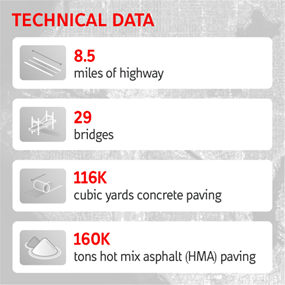
Benefits
- Meet high travel demands
- Create more transportation links between existing towns and cities
- Enhance trip reliability for drivers and passengers
- Provide motorists an alternative travel route

